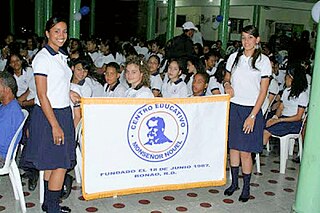
Monseñor Nouel is a province in the central region of the Dominican Republic. It was split from La Vega province in 1982.

Santiago de las Vegas is a ward of Boyeros, a municipality of Havana, Cuba, located 20 km (12 mi) south of the city center. As of 2012, the population was 32,958. The Cuban government maintains an agricultural experiment station as well as a meteorology center in the city.

Cuban–Chinese relations are the interstate relations between the People's Republic of China and Republic of Cuba. The origins of the relations began when the Qing dynasty established a consulate in Havana while Cuba was a still a colony of Spain in 1879. In 1902, the Qing dynasty recognized the independence of the Republic of Cuba from the United States, which had taken it from Spain in 1898. Cuba recognised the PRC in September 1960.

Bejucal is a municipality and town in the Mayabeque Province of Cuba. It was founded in 1713. It is well known as the terminal station of the first railroad built in Cuba and Latin America in 1837. It also hosts one of the most popular and traditional carnival fest in Cuba: "Charangas de Bejucal". Bejucal has also been known as a telecomunications site, hosting broadcasts of several news and media networks. It was also host to Soviet nuclear warheads during the Cuban Missile Crisis. Bejucal also hosts a signals intelligence listening station operated by the People's Liberation Army Third Department of the Joint Staff Department.
Mirta Cerra Herrera was a Cuban painter.

Los Palacios is a municipality and town in the Pinar del Río Province of Cuba. It was founded in 1760.
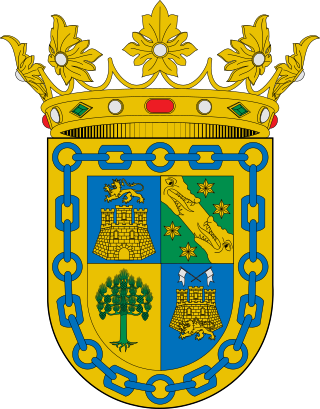
Cuban nobility encompasses all the individuals and families recognized in Cuba as members of the aristocratic class, hence possessing inheritance privileges.

Bejucal de Ocampo is a town and municipality in the Mexican state of Chiapas, in southern Mexico. It covers an area of 82 km². It was named in honor of Mexican lawyer Melchor Ocampo.

Bejucal is a Maya archaeological site in the Petén Department of Guatemala. It is located 7 kilometres (4.3 mi) northeast of El Zotz and was subservient to that city. The site is thought to date to the second half of the 4th century AD, in the Early Classic period.
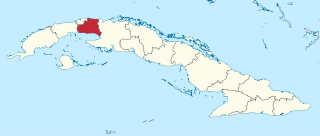
Mayabeque Province is one of two new provinces created from the former La Habana Province, whose creation was approved by the Cuban National Assembly on August 1, 2010, the other being Artemisa Province. The new provinces came in to existence on January 1, 2011.

Surgidero de Batabanó, also shortened as Surgidero, is a Cuban village and consejo popular of the municipality of Batabanó, in Mayabeque Province. In 2011 it had a population of about 6,000.
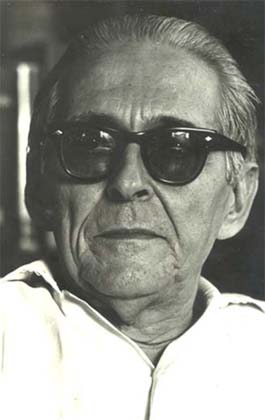
Félix Pita Rodriguez (1909-1990) was a Cuban journalist, poet and literary critic. He was born in Bejucal. An active communist, Rodriguez helped to found the Ibero-American Anti-Fascist Committee during the Spanish Civil War. His literary acquaintances included Pablo Neruda. He was exiled from Cuba for many years, living in Latin America and Europe. After Castro's overthrow of the Batista government, he returned to Cuba in 1960. He won Cuba's National Literary Prize in 1985.

Calabazar is a ward of the city of Havana, the capital of Cuba, belonging to the municipal borough of Boyeros. In 2011, it had a population of 20,069.

Hospital de San Lázaro was a hospital in the city of Havana, Cuba. It dates back to the 17th century, when it served as headquarters for some huts built near the Caleta de Juan Guillén, then known as Caleta de San Lázaro, in an area about a mile outside the city walls.
Casimiro Zertucha (1880–1950) was a Cuban violinist. He was born in Havana and moved to Bejucal as a child. He studied violin with Juan Mercado in Bejucal and Tomas de la Rosa at the National Conservatory in Havana. He then went to Paris where he studied with Jose White Lafitte and Martin Marsick. He conducted a small orchestra at the festivals organized by the French patron Alexandre Jean Joseph de la Riche. In all, he spent a decade and a half in France. In 1914, he returned to Cuba, where he became a teacher at the Conservatorio Falcón. He also served as concertmaster of the Chamber Orchestra of this institution, directed by the pianist Alberto Falcón. He died in 1950.
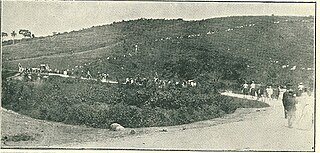
The Lanzadera Campaign was a significant part of the Cuban War of Independence as it was the next operation of the Mambises by Máximo Gómez to distract Spanish troops to him and avoiding their pressure on Antonio Maceo, who was able to continue to the West to complete the Invasion from East to West in Cuba. The campaign was considered to be one of skillful maneuvering, mobility and oversight as Gómez's vastly outnumbered 2,000 Mambises had achieved their goals with negligible losses against the 40,000 Spanish infantry which was commanded by Arsenio Martínez Campos, Sabás Marín and Valeriano Weyler.

Juan Evangelista Delgado González was a Cuban colonel who participated during the Cuban War of Independence. He was known for retrieving the bodies of Antonio Maceo Grajales and Panchito Gómez Toro during the Battle of San Pedro where both were killed in the battle.
















